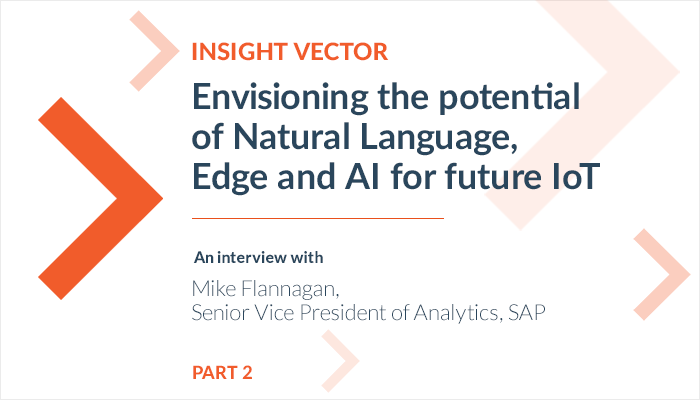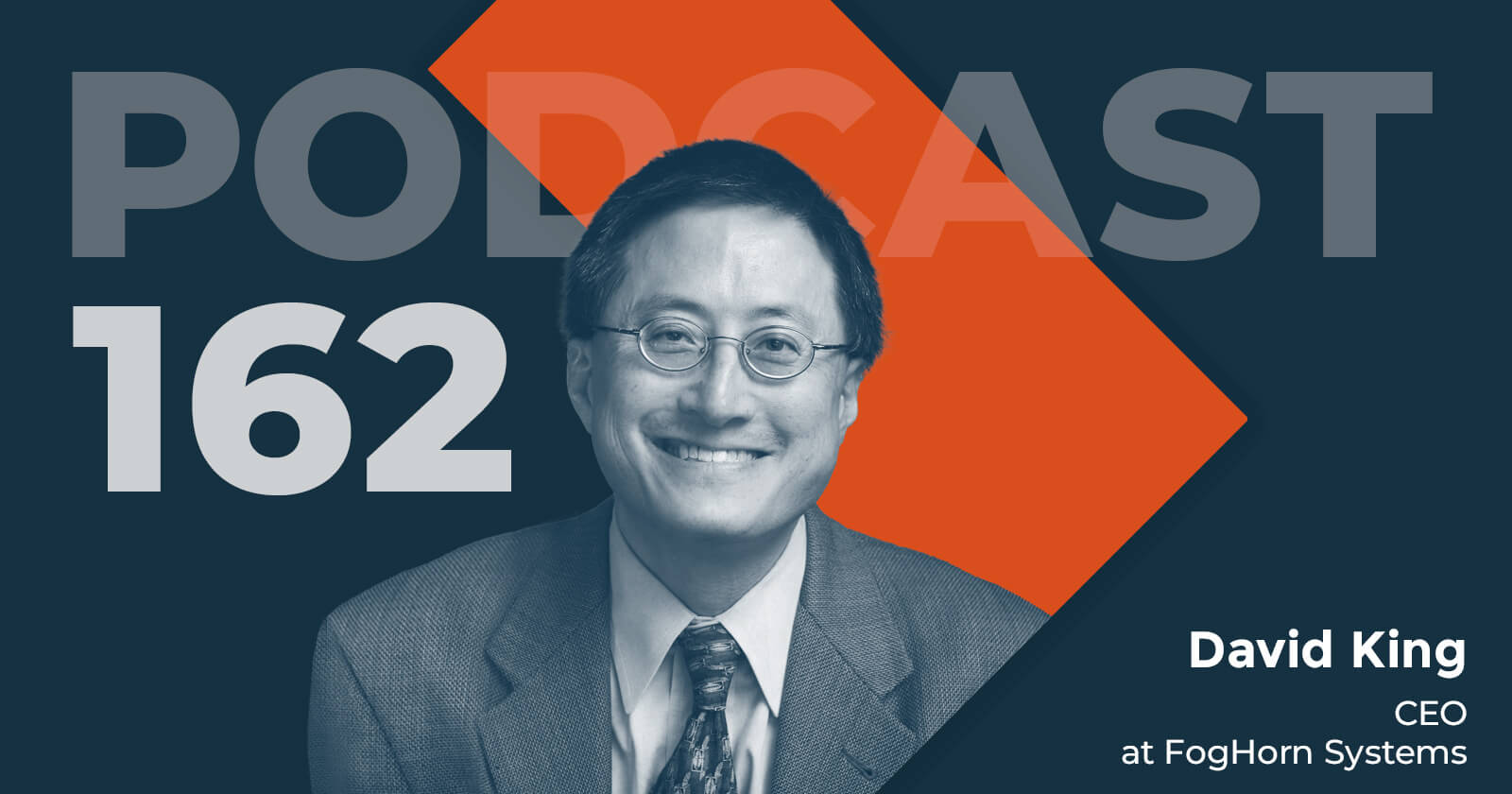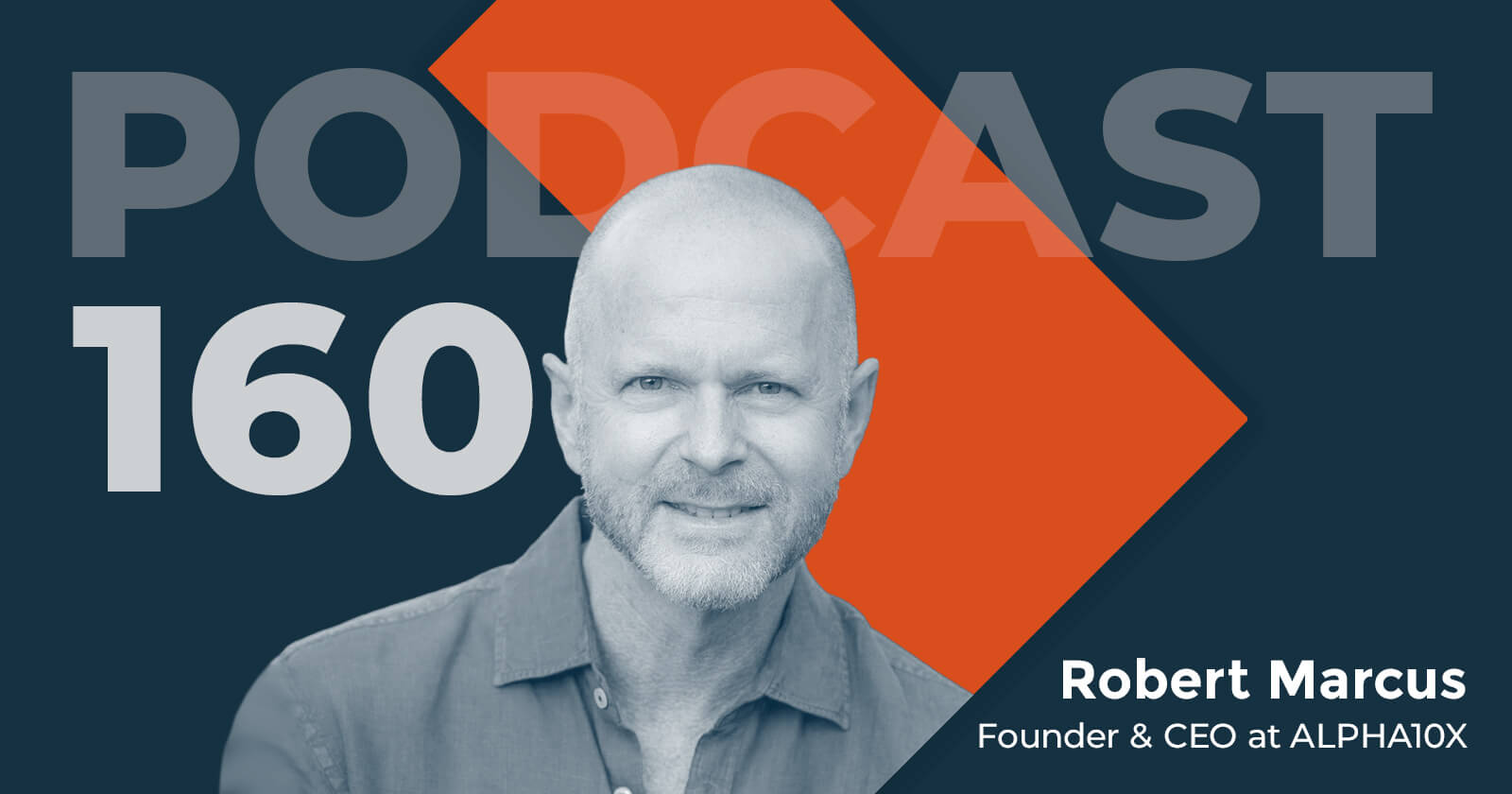Insight Vector: Envisioning the potential of Natural Language, Edge and AI for FAIuture IoT. Part 2 of our interview with Mike Flannagan of SAP
Ed Maguire


Innovation and market perspectives from leading IoT innovators
In part 1 of our interview with Mike Flannagan, we discussed the importance of the semantic layer to IoT Platforms. In the second part of our conversation, Mike elaborates on the dimensions of transformation from a CapEx to an “As-a-Service” business model. With the first wave of IoT adoption focused on connecting devices and sensors, the real focus of value has to come from connecting the back-end business systems with data and analytics. Looking forward, Edge Analytics, Machine Learning and Natural Language Processing will power a new generation of solutions that will enable users, workers, technicians, emergency response personnel and others to interact in powerful intuitive ways with intelligent systems.
|
|
Mike Flannagan,
|
Which verticals are leading in Industrial IOT?
Emerging technologies follow business value. In the case of Industrial IoT, examples are heavy industry, geographically challenged areas where it’s easier to have sensors than humans, or where environments are unsafe for humans. The heavier industries like Oil and Gas, heavy equipment and manufacturing are leading adoption with uses-cases focused on safety, reducing burdens and delivering shareholder value. What’s really intriguing is how they’re revamping the customer experience, whether it’s the business process or the business model which changes. Within any vertical, connecting things – tractors or tools – is interesting in the context of how we do business and interact with our customers.
We had a customer wanting to move from selling tools to leasing capacity, changing from a CapEx to a Tools-as-a-Service business model. From a business process context, this requires touching every single process across the business. In a CapEx model, you create a product, sell it, and you are done with it. When you lease the product you fundamentally change processes yet again, from quoting to maintenance to revenue recognition. Now you want to know as much as you can about the product during its operating life. The process of business transformation demonstrates the power of what can be done in Connected Industry.
How can companies translate success from one industry to another?
The most valuable lessons learned are typically not the catchy headlines. Aircraft engine manufacturers like Rolls-Royce and Pratt + Whitney made news by leading the move to “X as a Service” but it hasn’t helped their stock price. Companies need to look at the processes and underlying shifts made by the early winners. There is massive attention focused on the pace of innovation in IoT; the world is evolving quickly. To match that, the process of improving quality in manufacturing is built on the ability to iterate on technology improvements and connect sensors to visualizations, machine learning and data scientists. Companies need to invest in automation, and to think about bringing everything together – the things and the business processes.
What technologies could be most impactful in the market?
I have spoken a lot about edge analytics. SAP is doing a lot in the cloud. The real story is bringing the two together in a hybrid model, not one or the other. In manufacturing when you’re on the floor, it’s not always apparent how much data you have at the edge. Now the resiliency and elasticity of cloud technologies make sense in some cases, whereas having analytics close to the edge makes sense in other cases. The goal is to have the right thing in the right place by connecting the edge and cloud architectures to get the best outcome.
In the next 5-10 years, I believe Machine Learning will be the heart and soul of the most innovative things happening, especially Natural Language Processing. Think about how postal mail became e-mail and changed the cadence of how people communicate, and how people now interact with technology. Imagine what Natural Language can do – if Emergency Medical Technicians, Firefighters or Police could interact with their systems without relying on a keyboard… More importantly, what would that allow you to do? This benefit scales out across different industries and lines of business. But as an example, imagine a salesperson in their car first thing in the morning asking, “How are my customers today? What are my best opportunities?” Natural Language interfaces will allow you to consume this information safely while driving in the car.
What lessons have we learned from the first phase of Industrial IoT?
Merely 5 years ago, the expectation was that adoption and revenues would look like a hockey stick, but the actual trend was a nice slope up and to the right. So, why are we disappointed? Was it because the prediction was too aggressive? The reality is that we had to go from the potential benefit to the realized benefit. The trough of disillusionment is hard to jump over.
One of the things that was most underestimated in Industrial IoT was the challenges and the need to connect back to the existing business. Companies like Exxon, Shell or Wal-Mart already have massive and complicated processes. Now, we have to introduce connected technologies in a way that doesn’t break the scale of existing systems.
We have to think about proof of concepts and plans in a way that truly connect to existing business processes, otherwise they are destined to fail. If you have 100 or 1,000 new sensors that can’t connect to the business, you don’t create any value. One of the reasons I am most excited about SAP is the ability to connect what’s happening in IoT technology to the business processes themselves, ultimately for the benefit of the business serving a consumer need.
Are there any resources you can recommend?
There are a lot of great books out there, and one that I’d recommend is by Shailendra Kumar called Making Money out of Data: The art and science of Analytics. It talks about how to take technology and turn that into business value.
To learn more about how IoT can unlock value within your industry, contact us at Momenta.





